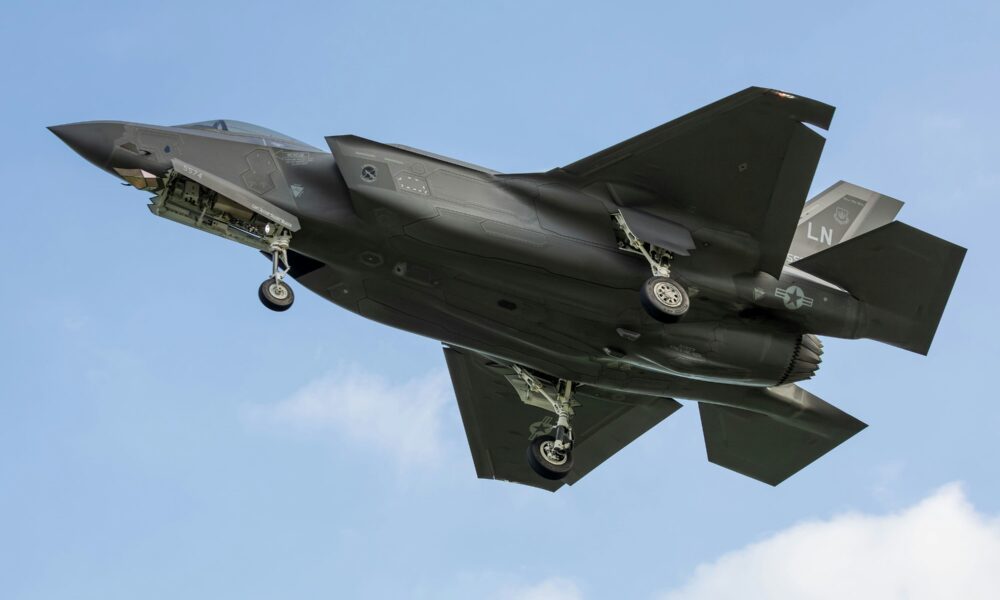A recent report from the United States Department of Agriculture (USDA) has indicated that turkey prices could rise by as much as 40% this year. This surge is attributed to supply constraints and increased wholesale costs, primarily stemming from earlier outbreaks of avian flu which severely impacted turkey farms across the country.
Dr. David Anderson, a professor and extension economist at Texas A&M University, explained the situation, stating, “It’s really hit turkey farms hard. This has resulted in producing less turkey this year than last year, contributing to much higher wholesale prices.” The reduced availability of birds has led to increased costs for consumers, particularly as the Thanksgiving season approaches.
In Northeast Ohio, grocery stores are actively competing to offer the most attractive prices. Despite overall rising costs, some retailers have managed to keep prices lower than last year. According to the “Don’t Waste Your Money” price tracker, Meijer currently lists turkey at 49 cents per pound, while Dave’s Market follows closely with a price of 69 cents per pound. However, several stores have implemented quantity limits, permitting customers to purchase only one or two turkeys each.
Food experts encourage shoppers to take advantage of these deals on frozen turkeys, which are significantly cheaper than their fresh counterparts. Jennifer Thornton of Buttercream and Olive Oil suggests that families should consider creative ways to use turkey beyond just the traditional holiday meal. “Think about what you would do with chicken,” she said, highlighting the versatility of turkey in various recipes.
Dr. Anderson noted that larger grocery chains have been able to offer lower prices due to strategic contracting. Many retailers locked in their turkey supply contracts nearly a year in advance, which has helped them avoid some of the recent price hikes. “They contracted eight or ten months ago for their turkey supply for what they need now,” Anderson explained. “That certainty has helped them avoid this run-up in prices.”
With competitive pricing available, shoppers are advised to compare prices, purchase early, and consider stocking up while supplies last. As the holiday season nears, taking advantage of these early deals might provide substantial savings.
Weekly Price Tracker Insights
The “Don’t Waste Your Money” team continues to monitor grocery prices across various stores each week. They track essential items including 2% milk, a loaf of wheat bread, chicken prices, ground beef, and a dozen white eggs. Prices for these staples fluctuate frequently, and shoppers can benefit from being informed about these changes.
The team also encourages consumers to share their own findings, particularly if they discover better deals than what has been reported. Engaging shoppers in this way not only adds value to the community but also provides an avenue for people to save money during a time when budgets may be stretched.
As turkey prices rise, consumers are left navigating a complex grocery landscape. By staying informed and proactive, families can still enjoy traditional meals without breaking the bank. With some planning and strategic shopping, it is possible to celebrate the festive season while managing costs effectively.







